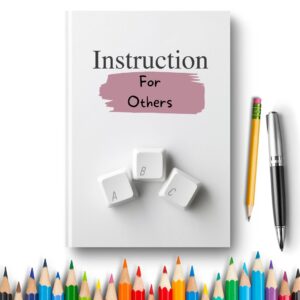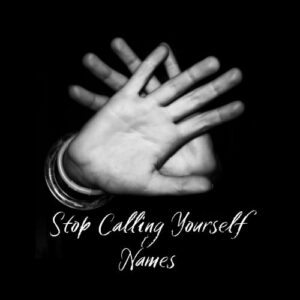I used to believe I couldn’t dance.
I believed this 100%, which made me feel incapable.
I had lots of evidence to support this belief.
Whenever I tried to dance, my brain would use the experience to confirm my belief.
The stronger my belief, the better I got at avoiding the dance floor and the more I believed I was right about myself …until I was willing to be wrong.
The thing was I really wanted to learn how to country line dance.
But the only way that was possible was if I was willing to give up what I believed for so long and commit to believing something new.
We often think it takes doing something before we can believe something, but it’s actually the other way around; we need to believe something new before we can sustain the action required to get the result we want. Without changing the thought, our actions don’t stick and eventually circle back to confirm what we believe.
This poses a challenge because our brains would prefer we keep believing the same things, even if what we believe keeps us stuck or causes unnecessary suffering.
Brains like to be efficient. When we’ve thought something over and over for a long time, our brains will put these thoughts on auto-pilot and store them out of our conscious awareness. This allows us to attend to all the more relevant tasks and decisions of our lives. For example, when we first learn to drive a car we have to think very deliberately and keep our attention vigilant on the steps involved in operating a vehicle. It doesn’t take long before we’re able to drive from here to there with almost no conscious thought on the process of driving itself.
Believing new things forces the brain to slow its roll and think more deliberately. Thinking on purpose involves mental effort that the brain considers inefficient and tedious.
As if that wasn’t challenging enough, there’s another hurdle to clear on the way to believing something new. Cognitive Dissonance is when we hold two contradicting beliefs at the same time. Like a trapeze artist who’s hanging in the middle with a grip on two opposing bars, this stage of the belief process is uncomfortable and disorienting. It’s no wonder most of us return to the familiar!
Here are 3 steps to guide the process in believing something new:
- Find out what you do believe.
Tip: Take something specific and write down as many thoughts as you can about what you currently believe.
- Find out what you want to believe.
Tip: Ask yourself what you’d want to believe instead. Be sure to come up with something that you can imagine believing. If it’s too far-fetched, it won’t be effective. Also, you want the new belief create an emotion you want to feel; if it doesn’t activate an emotion, it’s probably not the best option.
- Practice believing.
Tip: Repetition is necessary to develop any new skill. Write your new thought daily and/or record it in your phone and listen to it when you get up, go to bed and/or get in your car. Put it on post-it notes and stick it in places you look regularly. Your brain will not spontaneously offer up this new belief just because you’ve thought it once or twice; you have to direct your mind to what you want to believe over and over again before you will start to think it more automatically.
Final Note: I did learn to country line dance, but it wasn’t easy. I went to class every week for months before I was able to do even just one dance all the way through. It was awkward and uncomfortable, and there were times I wanted to give up. But I stuck with it and I’m so glad I did! Eventually, I knew most all the dances and spent years having a blast doing it.



